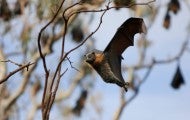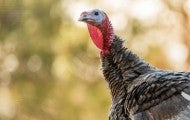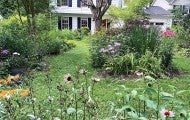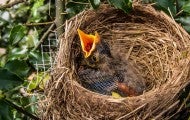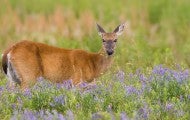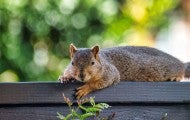Longtime Trust friend Fred Ziegler became the first founding member of the Humane Stewardship Alliance, pledging to follow humane stewardship principles in managing his nearly 2900 acres in Tennessee. With three streams and 1.5 miles of frontage along one of North America’s most biologically rich...
For wildlife on a beautiful 32-acre property in Mount Airy, Maryland, life is sweeter—and safer—because of the pledge landowners Jennifer Bevan-Dangel and Andrew Dangel made to follow the Humane Stewardship Alliance’s humane stewardship principles in managing their land. Lands of all sizes can be...
Today, veterinarians and 18 organizations, led by the Humane Society of the United States, submitted a petition to the Illinois Department of Natural Resources requesting that the agency initiate rulemaking to prohibit cruel, unnecessary wildlife killing contests in the state. At least 20 killing...


